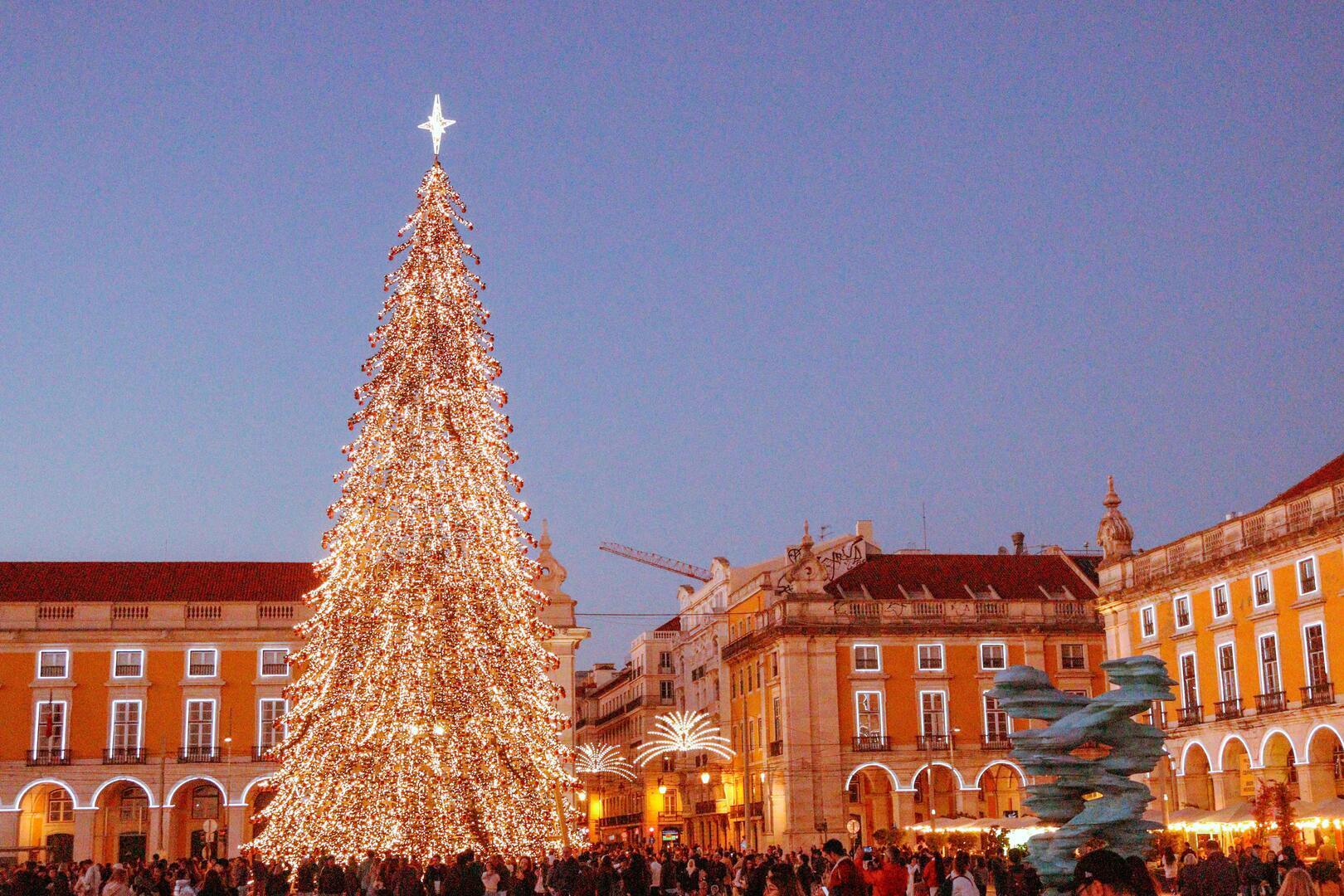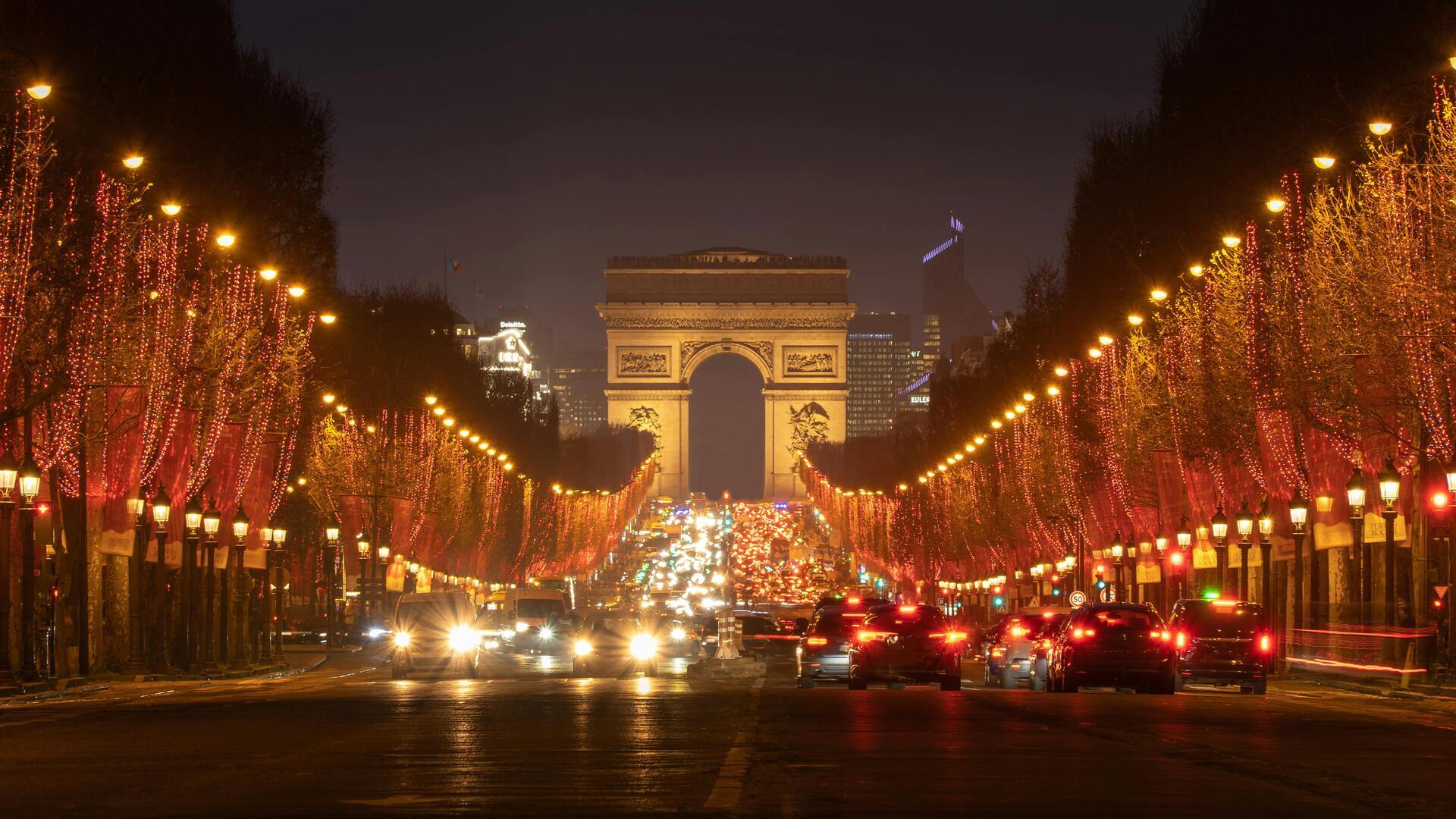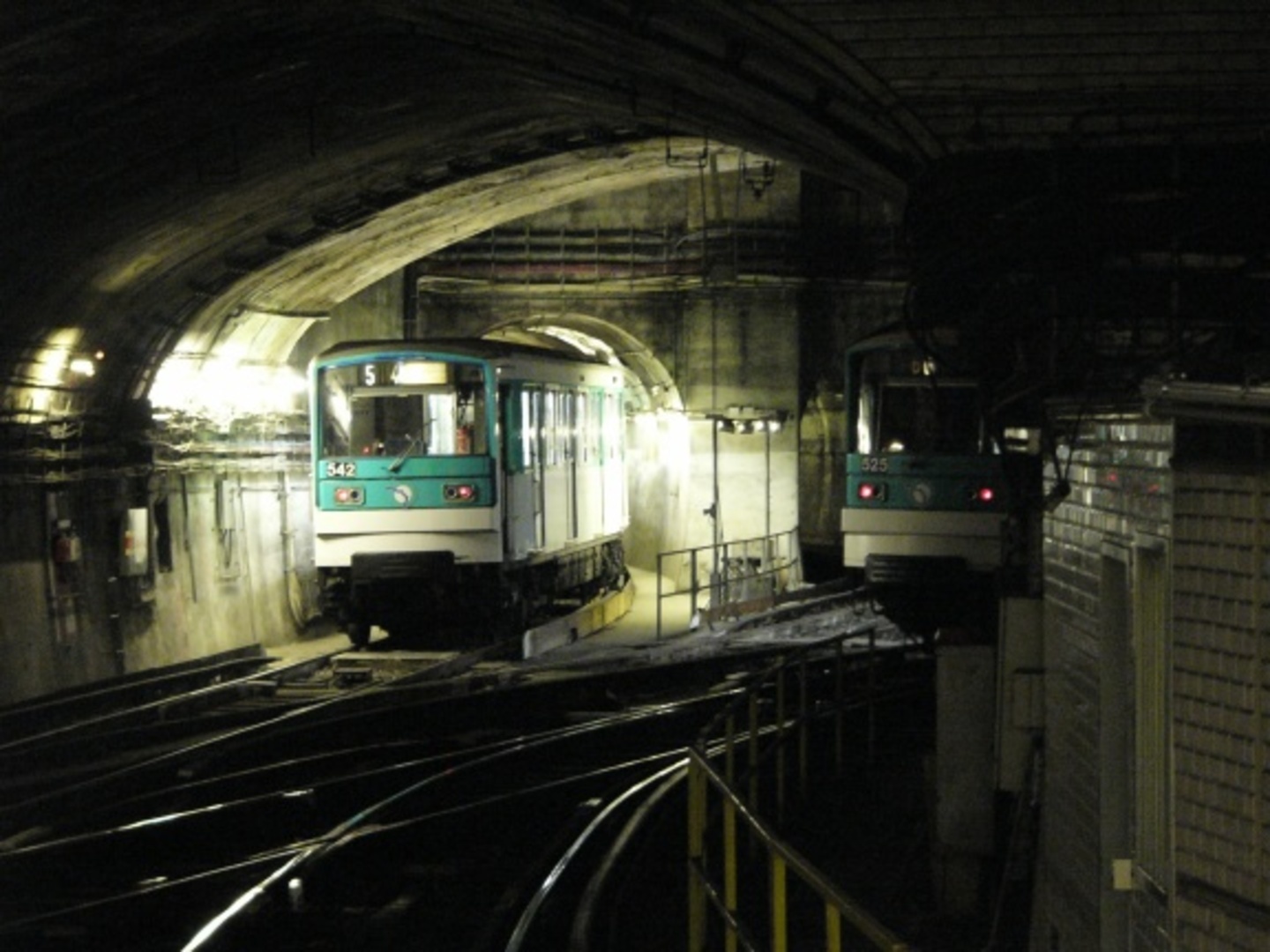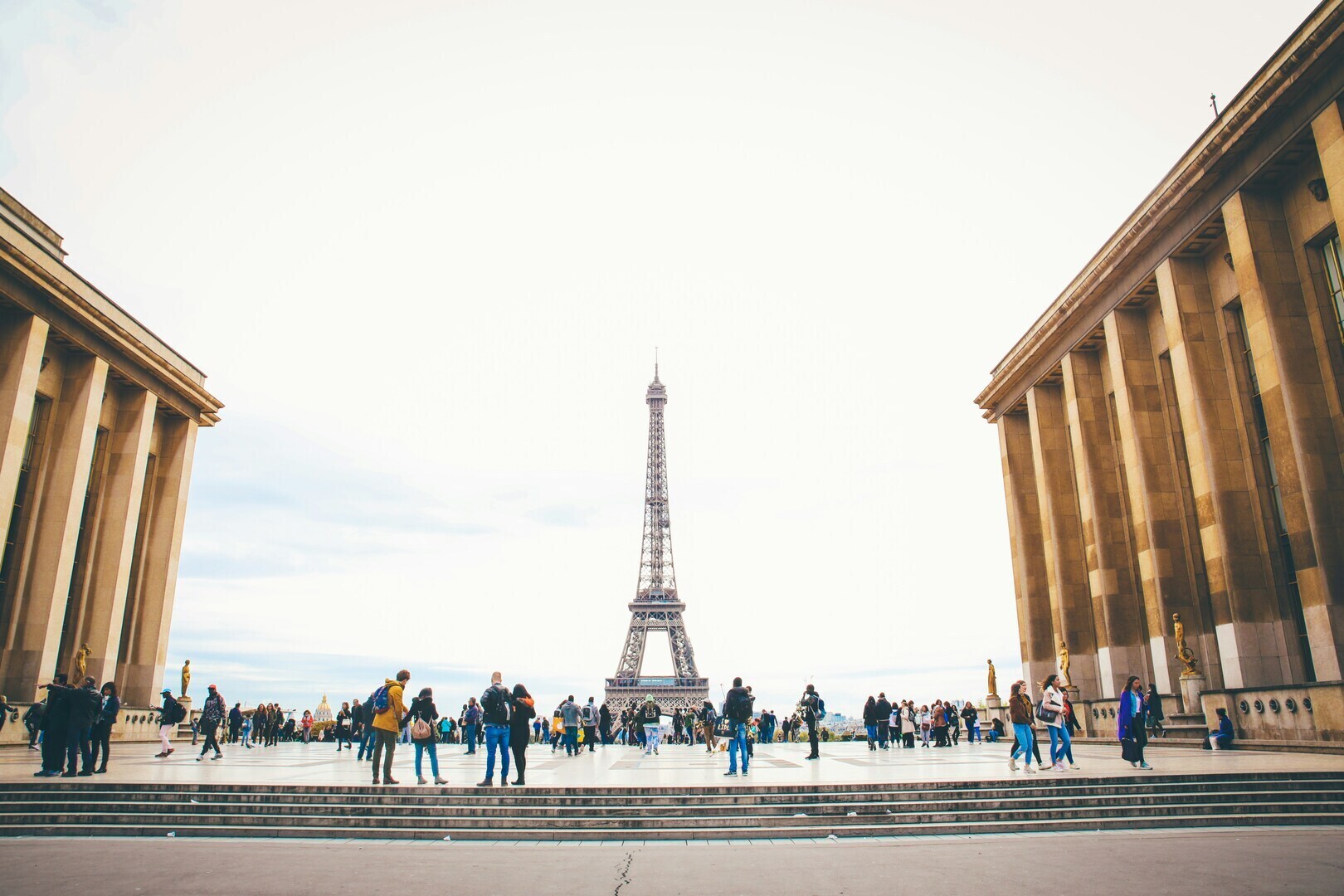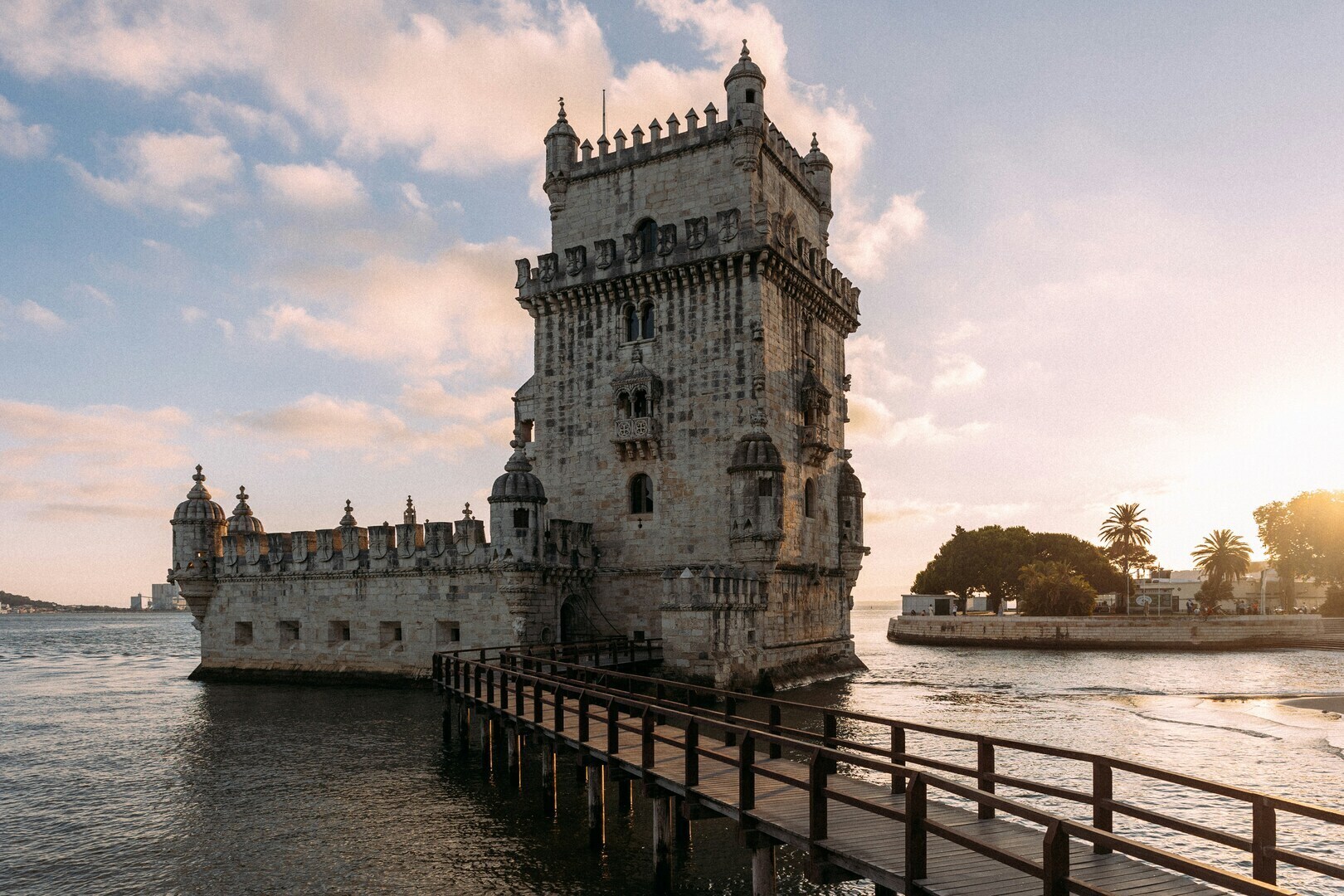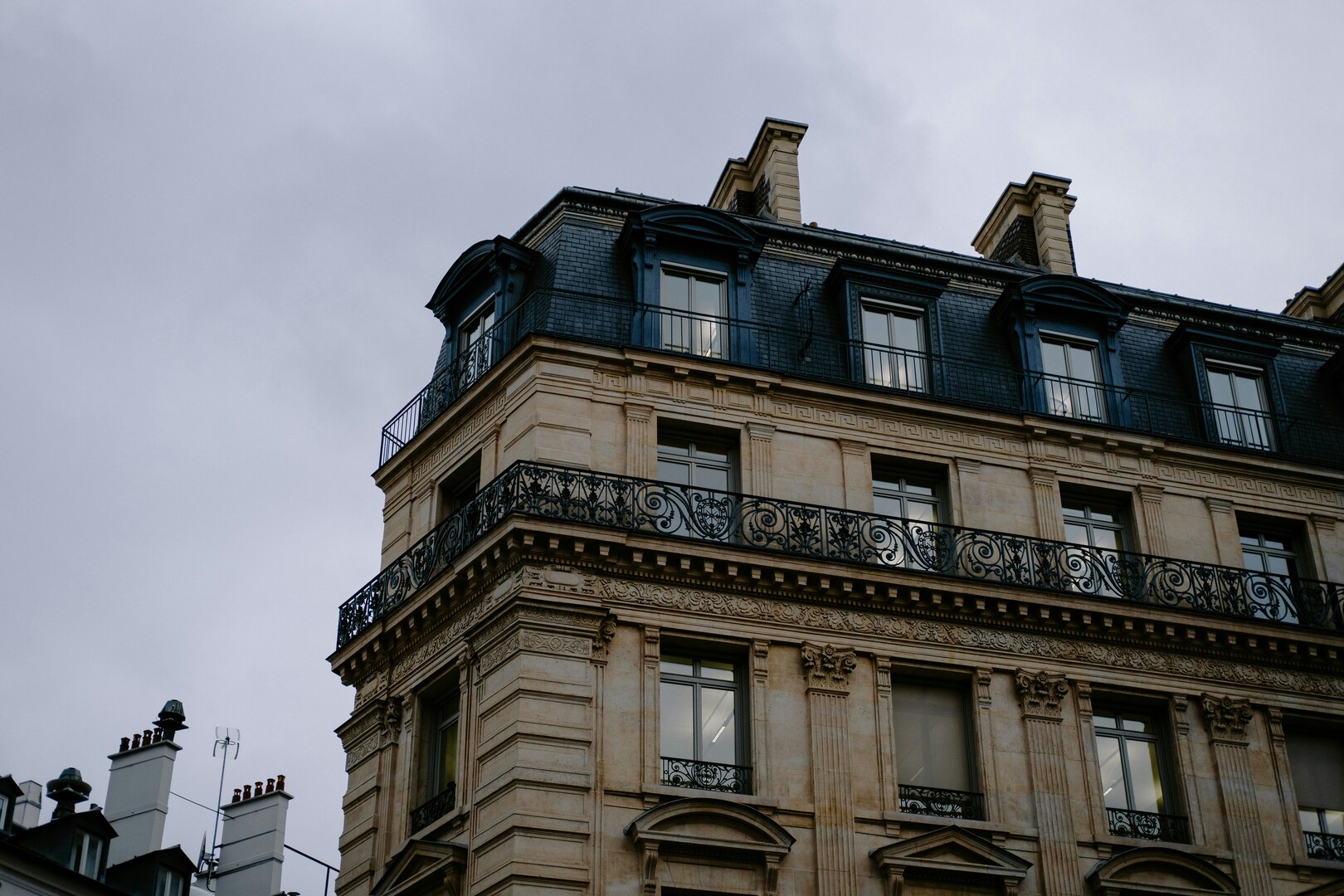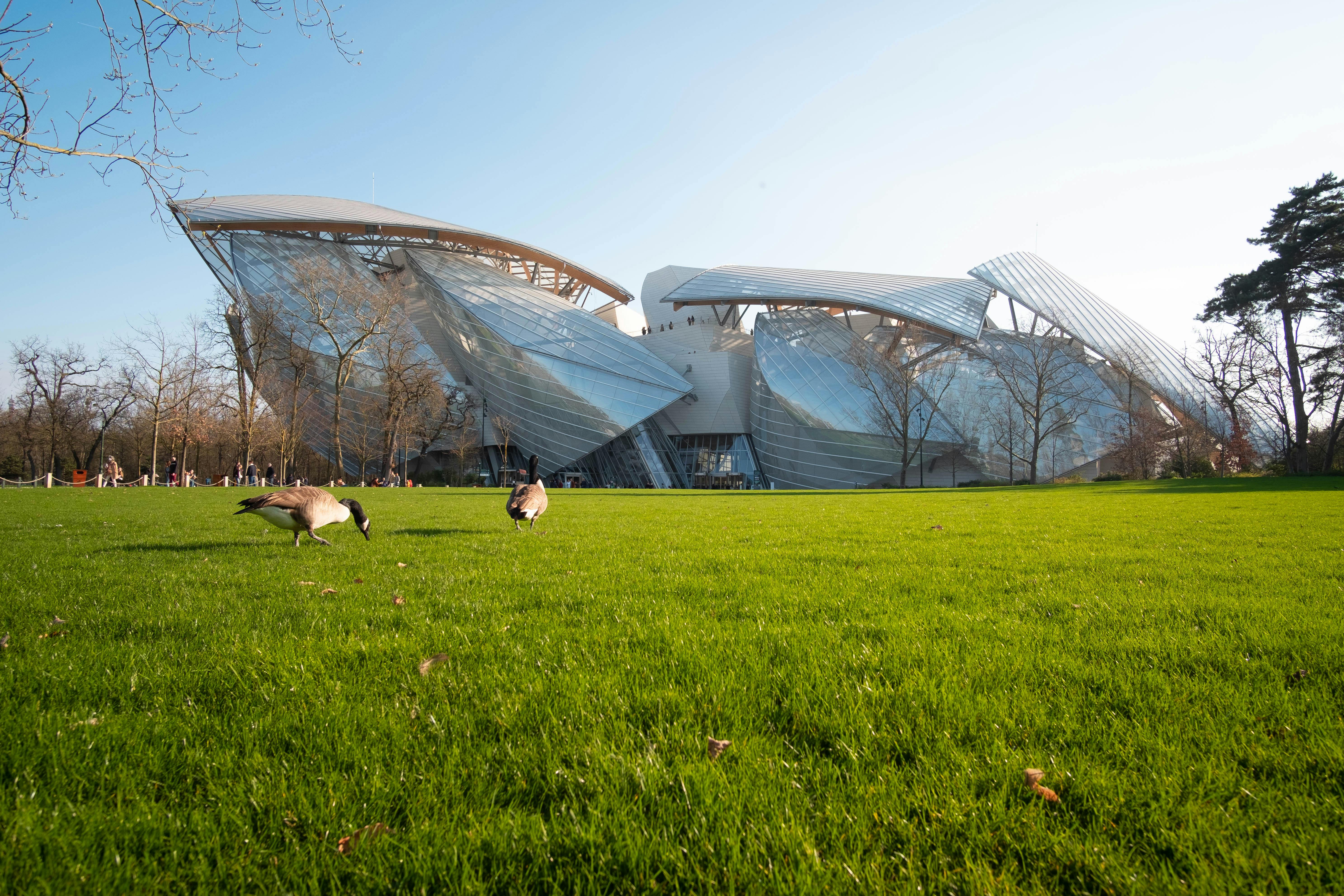
Fondation Louis Vuitton: Where Architecture Becomes Art
Emerging from the greenery of the Bois de Boulogne like a glass vessel caught mid-sail, the Fondation Louis Vuitton defies architectural convention. Frank Gehry's 2014 masterwork houses one of Paris's most ambitious contemporary art venues—a building so sculptural that distinguishing structure from exhibit becomes impossible. More than 1.5 million visitors arrive annually, drawn by rotating exhibitions that showcase global art movements and the rare opportunity to walk through a building that functions as both gallery and artwork. This is architecture as spectacle, art as experience, and Paris at its most daringly modern.
A Vision Takes Shape
In 2001, Bernard Arnault, CEO of LVMH, met Frank Gehry with a singular ambition: create a building for the Louis Vuitton Foundation that would serve as both cultural institution and architectural landmark. Gehry accepted, drawing inspiration from Paris's own glass monuments—the Grand Palais and the 19th-century Palmarium that once graced the nearby Jardin d'Acclimatation. The result merges Belle Époque elegance with deconstructivist boldness.
The project was first presented in 2006 with an estimated cost of €100 million and a planned opening in 2009. Reality proved more complex. Legal challenges arose in 2011 when preservationists contested the building's proximity to park pathways. The dispute escalated until France's Assemblée Nationale intervened, declaring the Foundation a work "in the national interest" and "a major work of art for the whole world." That designation cleared the path forward.
Construction demanded precision. Over 400 contributors shared a single digital 3D model, coordinating 3,600 glass panels and 19,000 concrete panels into Gehry's flowing forms. Industrial robots molded elements directly from the shared design. When the museum finally opened in October 2014, in the presence of President François Hollande, the actual cost had reached nearly €790 million—eight times initial projections.
Key Dates:
- 2001 – Bernard Arnault commissions Frank Gehry
- 2006 – Project unveiled; construction begins
- 2007 – Paris grants building permit
- 2011 – Court challenge temporarily halts work
- October 20, 2014 – Museum opens to the public
The Architecture of Motion
Gehry conceived the building as sails billowing in wind—twelve curved glass panels that seem to float above a white "iceberg" base of angular, flower-like terraces. This duality creates constant visual tension: the transparent versus the solid, the ephemeral versus the grounded. Stand at any angle and the building transforms, light refracting through overlapping glass layers, shadows shifting across concrete facets.
The structure spans 41,441 square feet across eleven galleries of varying sizes, arranged over two primary floors. Planning restrictions dictated that anything exceeding the two-story height limit had to be glass—a constraint that became the building's defining feature. A 350-seat auditorium occupies the lower-ground level, while multilevel roof terraces offer viewing platforms where visitors can appreciate both the building's sculptural qualities and panoramic views across the Bois de Boulogne and toward central Paris.
Natural light filters through recessed skylights into upper galleries, creating conditions ideal for viewing contemporary art. The interplay between interior and exterior, between building and landscape, becomes part of the exhibition experience. Even the large stainless-steel _LV_ logo on the Avenue Mahatma Gandhi facade, designed by Gehry himself, integrates seamlessly into the composition—a rare instance where corporate branding enhances rather than diminishes architectural integrity.
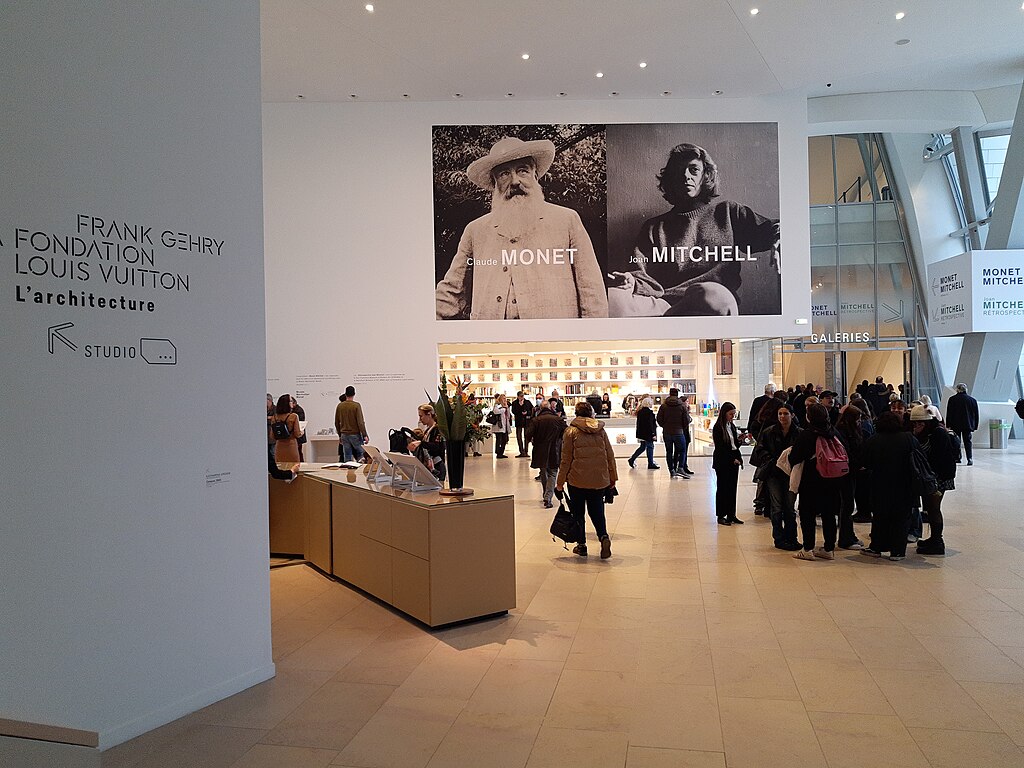
Art That Shapes Discourse
The Fondation Louis Vuitton functions as more than a museum—it's a platform for ambitious curatorial projects that push boundaries. The collection emphasizes modern and contemporary art, with rotating exhibitions that have featured major retrospectives and thematic explorations of global artistic movements. Suzanne Pagé, former director of the Musée d'Art Moderne de la Ville de Paris, was appointed artistic director in 2006, shaping a program that balances established masters with emerging voices.
Recent years have seen exhibitions that draw international attention: large-scale installations that respond to Gehry's architecture, presentations of significant private collections, and surveys of underrepresented art histories. The building's design allows for flexibility—galleries of different scales accommodate everything from intimate drawings to monumental sculptures. Visitors move through spaces that constantly reframe their relationship to art, architecture, and light.
The Foundation operates as a legally separate nonprofit entity under LVMH's cultural promotion umbrella, a structure that enables it to maintain artistic independence while benefiting from corporate resources. This model has drawn scrutiny—particularly regarding the substantial tax deductions LVMH received for construction costs—but it has also enabled a level of curatorial ambition few private institutions can match.
Experiencing the Fondation
A visit rewards multiple approaches. Some arrive for specific exhibitions, others to experience Gehry's architecture firsthand. The building encourages exploration—wandering terraces, discovering sight lines, observing how glass sails fragment and multiply perspectives. Take time on the roof terraces where the building's sculptural qualities become most apparent, and where views extend over the park's canopy toward the city beyond.
The adjacent Jardin d'Acclimatation, a historic amusement park and garden established in 1860, provides counterpoint to the museum's contemporary edge. The contrast between Gehry's radical modernity and the garden's Belle Époque charm creates an unexpected dialogue—innovation and tradition occupying the same verdant landscape. Many visitors combine both, allowing the experience to encompass family-friendly leisure alongside cutting-edge art.
Timing your visit matters. Weekday mornings tend toward quieter contemplation, while weekends draw larger crowds. The museum is closed on Tuesdays. Light conditions shift dramatically throughout the day as sun angles change, altering how the glass sails glow and how galleries are illuminated. Each hour offers a subtly different experience.
"The building connects with the Jardin d'Acclimatation at north, and the Bois de Boulogne to the south—it's designed after the founding principles of 19th century landscaped gardens." — Frank Gehry
Planning Your Visit
Reaching the Fondation requires a journey to Paris's 16th arrondissement, bordering Neuilly-sur-Seine. The nearest metro station, Les Sablons (Line 1), sits about a 10-minute walk away. From central Paris, expect a 25–30 minute commute. The relative remoteness is part of the experience—you leave the dense urban core behind, entering the expansive greenery of the Bois de Boulogne where the museum emerges as a destination unto itself.
Upon arrival, the approach through the park builds anticipation. Gehry designed the site to integrate with the landscape, so the building reveals itself gradually through trees and garden pathways. The walk becomes a transition from everyday Paris to a space dedicated to artistic encounter.
Budget 2–4 hours for a meaningful visit—time to explore exhibitions thoroughly, walk the terraces, and simply absorb the architecture. The museum's café and restaurant offer refreshment, though reservation is recommended for meals. Combining the visit with time in the Jardin d'Acclimatation extends the experience, especially for families with children who appreciate the garden's playful atmosphere after the contemplative art experience.
Experience This Attraction With Our Tours
One Journey offers two ways to encounter the Fondation Louis Vuitton, each designed for different depths of engagement.
The Express Fondation Louis Vuitton and Parc d'Acclimatation provides efficient immersion in about 2 hours. Your guide leads a walk through one of Paris's most exclusive neighborhoods, shares context about the area's Haussmannian architecture, then explores the historic Jardin d'Acclimatation with its landscaped gardens and playful sculptures. The tour concludes with VIP entry to the Fondation, where you receive an architectural introduction before exploring galleries independently. This experience suits travelers who want expert guidance paired with freedom to discover at their own pace. It's particularly appealing if you're balancing multiple Paris priorities in limited time.
For deeper exploration, the Louis Vuitton Foundation VIP Entry & History Tour extends the experience to 4 hours with art historians and cultural experts. This version provides more extensive commentary on Gehry's design, detailed context for current exhibitions, and the opportunity to engage in discussion about contemporary art movements. The longer format allows for unhurried appreciation of both the building's architectural innovations and the artworks it houses. It's ideal for art enthusiasts, architecture aficionados, or anyone who values immersive, intellectually enriching experiences.
Both tours include skip-the-line access, removing the uncertainty of securing entry during busy periods. Guides specialize in art history, architecture, and cultural context, transforming a visit from simple sightseeing into substantive encounter with one of the 21st century's most significant museum buildings.
Is It Worth Visiting?
Without question. The Fondation Louis Vuitton succeeds on multiple levels—as architectural landmark, as venue for ambitious contemporary art, and as experience that challenges conventional museum visits. Whether you prioritize Gehry's bold design, the exhibitions themselves, or simply the pleasure of discovering a less-traveled corner of Paris, the journey rewards. It's not the easiest museum to reach, but that remoteness contributes to the sense of arriving somewhere distinct, purposeful, and worth the effort.
Traveler's Questions
How do I get to the Fondation Louis Vuitton?
Take Metro Line 1 to Les Sablons station, then walk approximately 10 minutes through the Jardin d'Acclimatation. The journey from central Paris takes 25–30 minutes. Signage guides you through the park to the museum entrance.
Do I need to book tickets in advance?
Strongly recommended, especially for weekends and during major exhibitions. Same-day availability can be limited. Booking ahead—or joining a guided tour with included entry—guarantees access and allows you to plan your visit with confidence.
How long should I plan to spend at the museum?
Allow 2–4 hours depending on your interest level. Two hours covers the main galleries and terraces at a comfortable pace. Art enthusiasts and architecture lovers often prefer three to four hours for thorough exploration and contemplation.
Can I visit the Jardin d'Acclimatation on the same trip?
Absolutely. The historic garden adjoins the museum and makes an excellent complement—especially for families. The contrast between contemporary art and Belle Époque leisure creates an unexpectedly harmonious pairing. Budget additional time if you plan to explore both.
Is the museum accessible for visitors with mobility considerations?
Yes. Elevators provide access to all levels, and the museum is designed to accommodate wheelchairs. Staff can provide assistance as needed. The outdoor terraces feature ramps and accessible pathways, though some viewpoints involve stairs.
For personalized guidance, exhibition insights, and seamless access to the Fondation Louis Vuitton, contact our Tour Concierge at support@onejourneytours.com.

